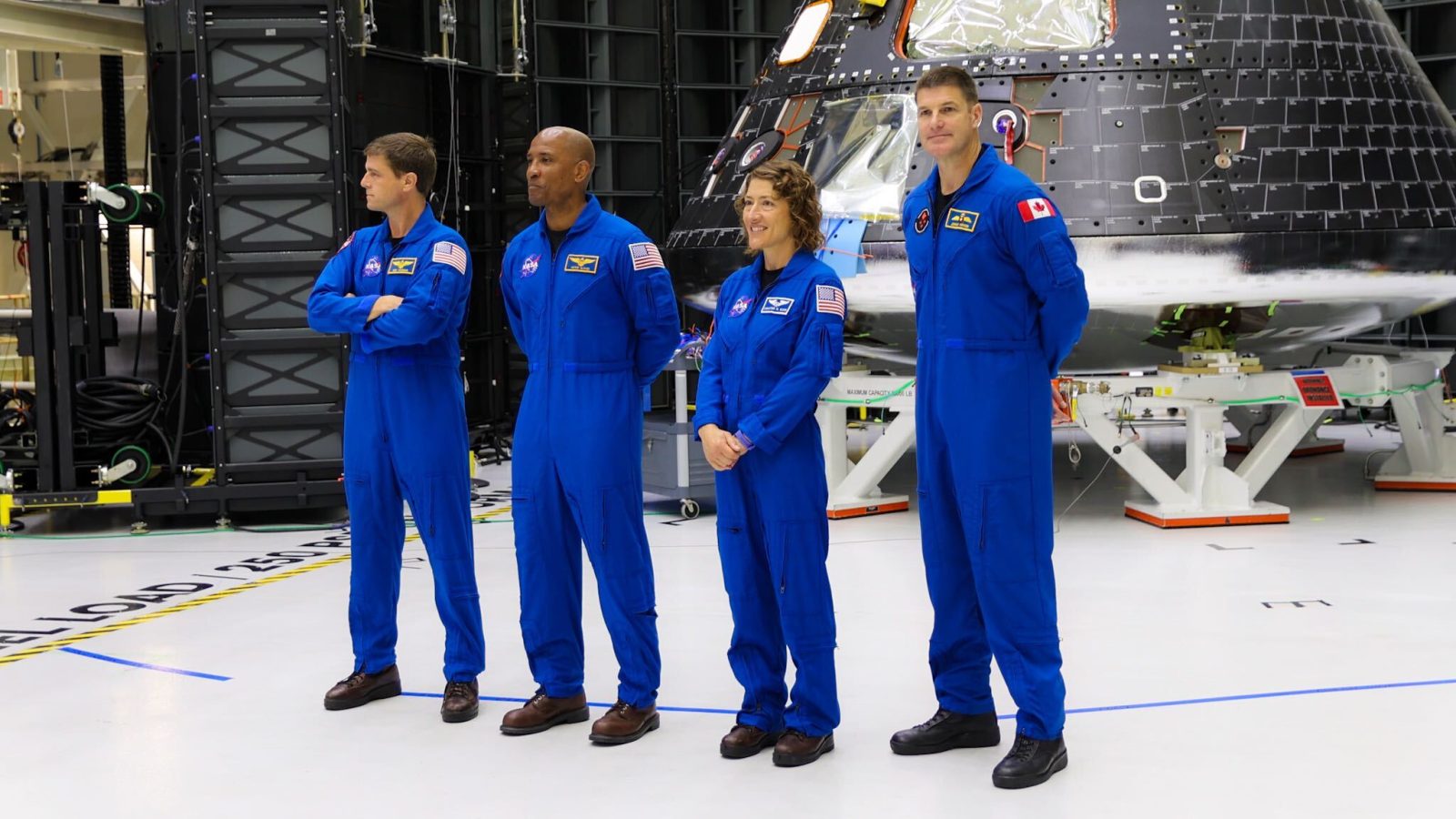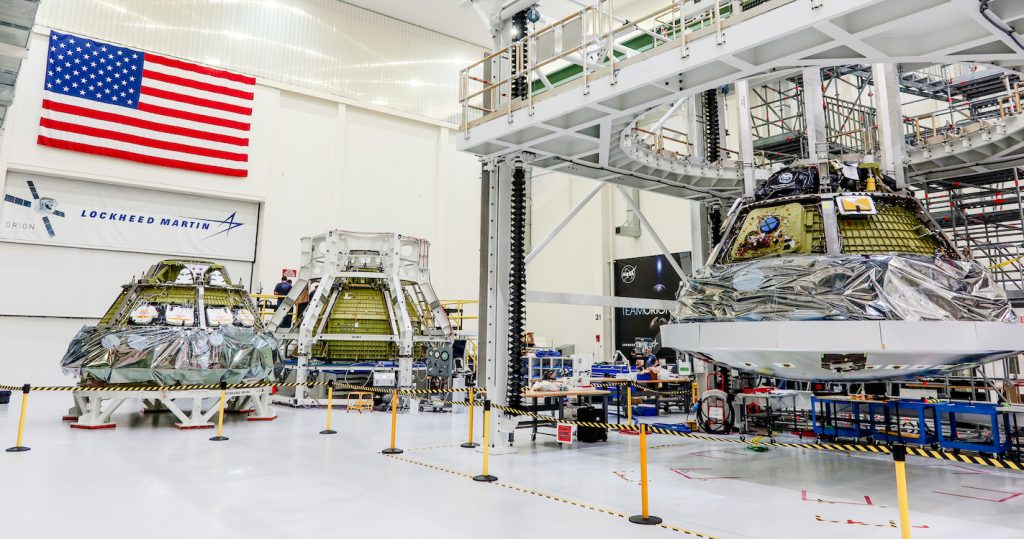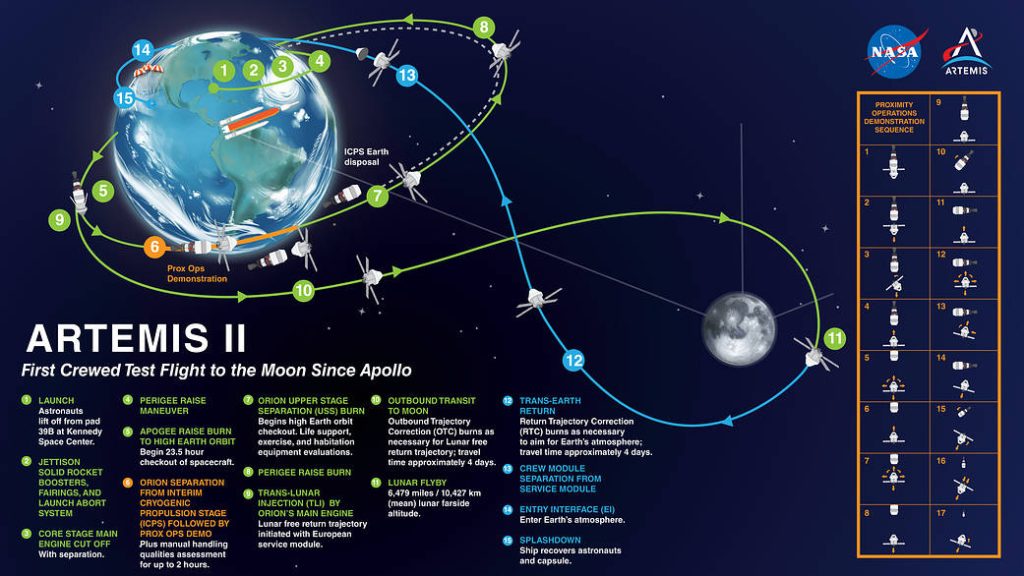
In this exciting era of space exploration, NASA’s Artemis missions are poised to redefine the boundaries of human achievements as the agency sets its sights on landing the first woman and the first person of color on the Moon.
These missions are not only about stepping on uncharted lunar terrain but also about leveraging innovative technologies, international collaboration, and long-term presence to propel humanity toward even grander ambitions – including the ultimate goal of sending astronauts to Mars.
The Artemis program encompasses a series of missions, each building upon the knowledge and experience gained from its predecessors.
Following the highly successful uncrewed Artemis 1 mission in late 2022, the crewed Artemis 2 mission is set to further test Orion’s capabilities in both a high Earth orbit and free-return trajectory around the Moon over a 10-day flight.
The recently-announced Artemis 2 crew made a momentous appearance at a Media Day event on August 8, in the historic Neil Armstrong Operations and Checkout Building at NASA’s Kennedy Space Center in Florida. This marked a pivotal moment for both space enthusiasts and the media, granting an exclusive opportunity to capture images of the awe-inspiring Orion spacecraft and engage with experts on site.
NASA’s Artemis 2 mission is set to feature a diverse crew lineup of accomplished astronauts, including three from NASA and one from the Canadian Space Agency.

NASA astronaut and mission Commander Reid Wiseman will lead the Artemis 2 crew, bringing with him a wealth of experience from his previous missions. As a seasoned astronaut, the U.S. space agency believes Wiseman’s leadership skill set will be integral in navigating the challenges of this groundbreaking lunar flight.
Pilot and NASA astronaut Victor Glover joins the crew, contributing his expertise in piloting and operational procedure.
Mission Specialist Christina Koch, also a NASA astronaut, is known for her record-setting stay on the International Space Station, which adds her considerable skill set to Artemis 2.
Join our Discord Server: Join the community with forums and chatrooms about space!
Representing further international collaboration, Canadian astronaut Jeremy Hansen will be a key participant in Artemis 2 as a mission specialist. His presence underscores the shared aspirations of spacefaring nations and signifies the importance of a united effort in exploring the cosmos.
One of the key advancements being tested during these missions is the Orion Artemis 2 Optical Communications System or O2O.
As part of Artemis 2, O2O is expected to showcase optical communications to and from Earth, employing an optical module comprising a 4-inch telescope and two gimbals alongside a modem and control electronics.
This technology not only promises faster and more efficient data transfer but also opens doors to cutting-edge communication techniques for future space endeavors.

While Artemis 2 is set to lay the groundwork for lunar exploration, Artemis 3, currently scheduled for late 2025 or 2026, holds a special place in history. The current plan is for that mission to be the first human landing on the Moon since the end of the Apollo program in 1972.
Marking humanity’s return to the lunar surface after over half a century, this mission will venture into the region near the lunar south pole, a landscape with untapped scientific potential and strategic significance for future exploration with possible water ice in permanently shadowed craters.
Artemis 4, expected in 2028, takes lunar exploration a step further.
The mission’s architecture involves the docking of Orion and an upgraded Starship Human Landing System with the Lunar Gateway station in near-rectilinear halo orbit, or NRHO, prior to landing.
Crucially, the first two Gateway modules are scheduled to be launched atop a single Falcon Heavy rocket as early as late 2024 or 2025. Their delivery to NRHO is expected to set the stage for an extended human presence at the Moon.
As Artemis missions unfold, NASA aims to continue pushing the boundaries of what’s possible and forging new frontiers, combining technological innovation, international collaboration, and the dedication of those like the Artemis 2 crew.
FTC: We use income earning auto affiliate links. More.

Comments